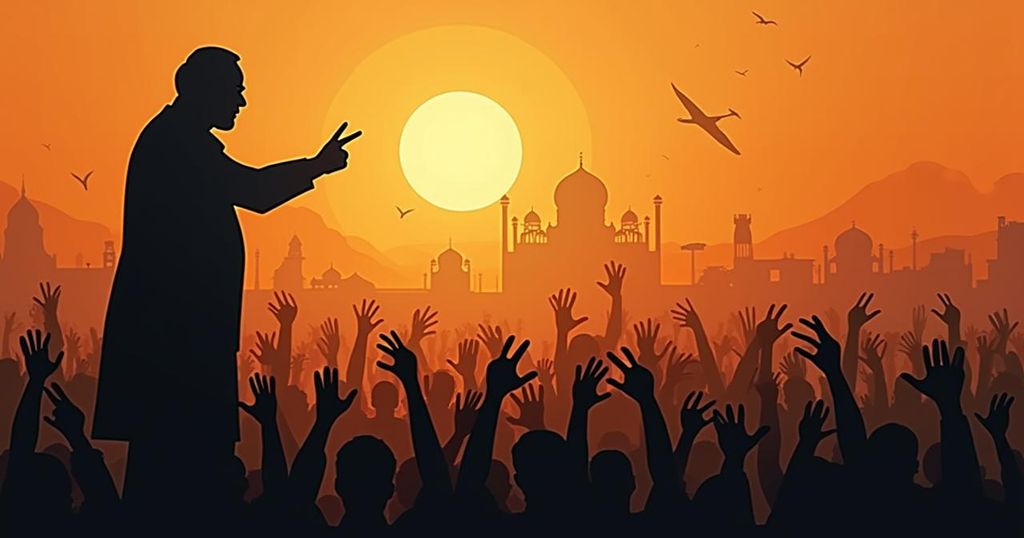India’s Political Landscape Shifts: A Closer Look at Recent Election Outcomes
India’s recent elections in Haryana and Jammu and Kashmir tested Prime Minister Modi’s political influence, yielding mixed results. The B.J.P. secured an unexpected victory in Haryana, defying expectations set by the Congress Party. However, in Jammu and Kashmir, Congress and its allies achieved significant wins, posing challenges to B.J.P.’s dominance. Overall, these elections indicate a potential shift towards local issues in Indian politics, challenging the longstanding narrative of Modi’s invincibility.
India recently experienced two significant elections that tested the political influence of Prime Minister Narendra Modi following a surprising setback in the national elections earlier this summer. These elections, held in the northern state of Haryana and the tumultuous region of Jammu and Kashmir, revealed contrasting outcomes for Mr. Modi’s Bharatiya Janata Party (B.J.P.). In Haryana, the B.J.P. achieved unexpectedly favorable results, defying predictions that favored the opposition Congress Party, which had assumed victory was assured. This outcome not only solidified the B.J.P.’s position in the state but also served as a reminder of the unreliability of pre-election polling data. Conversely, the election in Jammu and Kashmir did not favor Mr. Modi’s party, as Congress and its allies emerged victorious, highlighting the challenges faced by the B.J.P. in asserting dominance in this contentious territory. These events are significant, not only due to the individual importance of each state but also because they indicate a potential shift in India’s political landscape back toward pre-Modi dynamics, where regional issues take precedence and coalition politics become increasingly complicated. While Mr. Modi’s previous electoral success was attributed to his robust personal image and the narrative of India as a prominent global Hindu power, the recent national elections indicated a pivot among the electorate. This political backdrop underscores the complexities and variances inherent in India’s electoral politics, suggesting a reversion towards locally focused governance and alliances, challenging the previously perceived invincibility of Mr. Modi and his party.
The political context in India is characterized by strong regional identities and varying local issues that influence electoral outcomes. The B.J.P., under Prime Minister Narendra Modi, has enjoyed significant electoral success since its rise to prominence, notably through campaigns centered on Hindu nationalism and a vision of India as a formidable global power. However, the recent elections reflect the volatility of voter sentiment, particularly in response to perceived local governance failures, economic challenges, and broader socio-political dynamics. As seen in the results from the recent elections in Haryana and Jammu and Kashmir, local concerns may overshadow national narratives, prompting new considerations for party strategists and political analysts alike.
The outcomes of these recent elections indicate a complex political landscape in India, where local factors can substantially impact electoral results despite national trends. While the B.J.P. demonstrated resilience in Haryana, its struggles in Jammu and Kashmir signal challenges for the party moving forward. With a history of remarkable electoral performances, the current situation presents an opportunity for reevaluation of strategies as coalition politics takes center stage, suggesting that Mr. Modi’s political narrative may need adaptation in light of shifting voter priorities.
Original Source: www.nytimes.com




Post Comment